Cars that stood out in India in the past decade (2010-19)
Many outstanding new models were launched in India over the course of the decade but it’s the ones that redefined the shape of the domestic car market that made it to this shortlist.
2019 is history and 2020 has dawned. Reason enough to reflect on the cars that really stood out in the past 10 years (2010-2019). Many outstanding new models were launched in India over the course of the decade but it’s the ones that redefined the shape of the domestic car market that made it to this shortlist.
They all aren’t necessarily bestsellers, or even the best cars, but they are those that made a lasting impact and will be remembered. In a decade that witnessed an explosion of SUVs, it’s not surprising that they rule this list. Here are the top seven Cars of the Decade, listed in the order of their launch dates. And together, they have sold over 2.5 million units till end-November 2019: 2,561,729 units.
Renault Duster (2012) – Hitting the sweetest spot
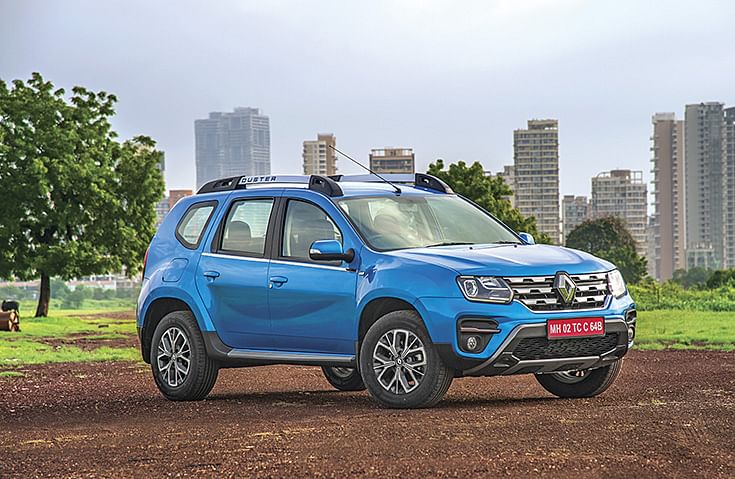 The
The
The early success of the Mahindra XUV500 proved that SUVs in India had to be large, have three rows of seats and come with big, powerful diesel engines. Renault flipped that notion on its head and found an even sweeter spot in India’s fast-growing SUV market with something smaller – the Duster. This 4.3-metre-long SUV turned out to be optimally sized. It was not too big, not too small and gave birth to a new midsize SUV segment, which is now the most lucrative slice of the Indian car market. The Duster itself eclipsed heavyweights such as the XUV500 and Scorpio, and at its peak was the bestselling SUV in the country, after the enduring Bolero.
The Duster also dispelled a long-held belief that SUVs would only sell if they came with seven seats, but the truth is that skipping an extra row actually played to the Duster’s strengths. Compared to the unwieldy and heavy body-on-frame SUVs like the Scorpio and Safari – and even the monocoque-based XUV500 – the smaller and lighter five-seat Duster was more efficient and a dream to drive. It was much easier to handle, had strong performance and an astonishing ability to smoothen out any surface. In fact, even today, there are few other SUVs that can match the Duster’s ride comfort on bad roads.
The Duster’s secret sauce is the ‘M0’ platform that underpins it. Hardy mechanicals, a wide track (the key to its exceptional dynamics) and Renault’s hugely capable 1.5 K9K diesel is what endears the Duster to its owners. The 4x4 version is even better and possibly the most capable off-roader for the money.
However, the mechanical hardiness hasn’t come with corresponding finesse. Bits like the hydraulic steering (which has an unpleasant kick-back); the clunky, mechanically operated air controls; the flap type door handles and the cheap interior trim fell short of expectations of a new breed of gizmo-crazy SUV buyers. The Duster hasn’t raised the game enough in the segment it created but truth be told, there is still no other SUV quite like it.
Renault Duster sales till end-November 2019
Total: 192,561
Petrol: 57,228
Diesel: 135,333
Maruti Suzuki Ertiga (2012) – Filling a gap
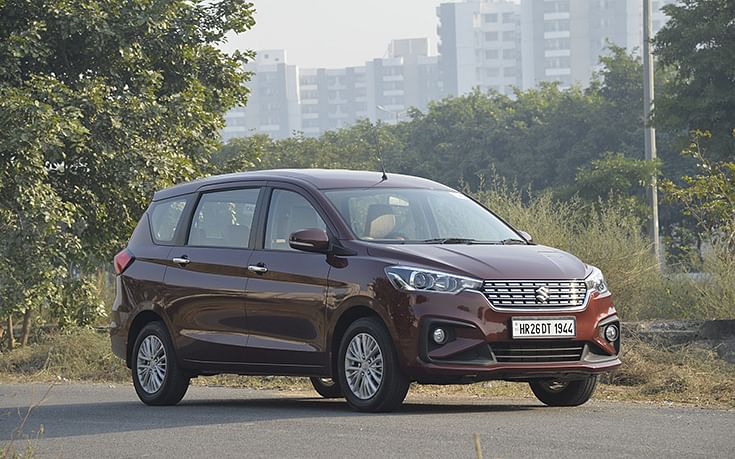
Envisioned as a poor man’s Innova, the Ertiga drew reference from the premium Toyota MPV and cobbled together a car that had seven flexible seats, a practical and well-equipped cabin, decent petrol and diesel options and was easy to drive.
The result was an MPV that did 90 percent of what the Innova could do at 60 percent of the price. Moreover, it was much cheaper to run and, except for some gearbox issues on the 1.3 diesel, was incredibly reliable. This established its popularity with fleet and individual buyers alike.
Maruti Suzuki’s formula worked and customers looking for an affordable people-mover flocked to the Ertiga. Sitting at the other end of the MPV spectrum, it often outsold the mighty Innova and challenged it for the title of India's bestselling MPV. The Ertiga’s success naturally tempted other automakers to join the party but none of them had bargained for the vice-like grip the Ertiga had on the lower-end of the market. The Chevrolet Enjoy, Honda Mobilio and Renault Lodgy all came and went after failing miserably. In contrast, the Ertiga moved up a gear with the second-generation model, hitting record sales and nosing ahead of the Innova. It’s the way the Ertiga finely mixes all the ingredients that go into making an MPV-like space, size, practicality, user-friendliness and low running costs, at a very digestible price that makes it the MPV Indian families really need.
Maruti Ertiga sales till end-November 2019
Total: 518,072
Petrol: 179,274
Diesel: 338,798
Ford EcoSport (2013) – The driver’s compact SUV
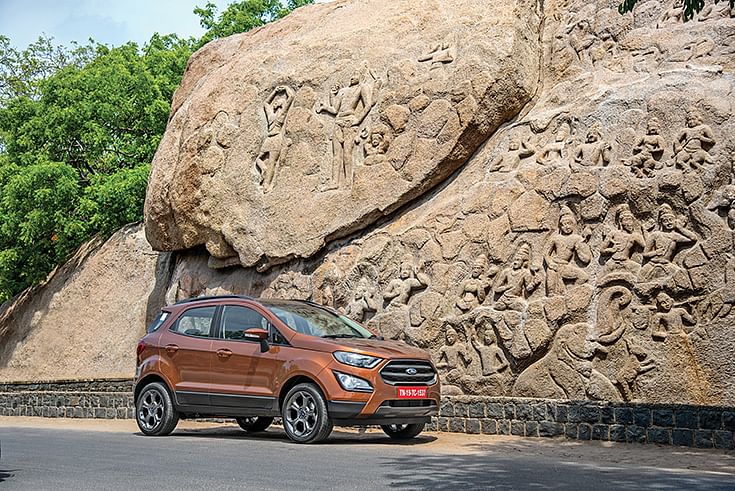
The forgotten Premier Rio was the first compact SUV in India but it was the Ford EcoSport that blew the compact SUV segment wide open. It took 18 months to bring the EcoSport to our market after it was unveiled at the 2012 Auto Expo, but the delay didn’t stop it from riding the SUV wave that was fast engulfing the market.
When it was launched at a jaw-droppingly low price of Rs 5.59 lakh, Ford simply couldn’t keep up with the massive demand. More importantly, the EcoSport came as an enticing alternative to formulaic hatchbacks the average buyer was jaded with. That it was a hatchback on stilts was in fact, central to the EcoSport’s appeal. Owners loved the high seating position and ground clearance, which gave them a newfound confidence behind wheel. The best bit was that the raised stance didn’t really hurt the dynamics and in fact, the EcoSport was a showcase of Ford’s renowned ride and handling.
With the facelift, the ride was later softened to soothe the backsides of owners who found the suspension setup a touch too stiff for Indian roads, but the EcoSport is still benchmark for dynamics. The engine line-up was no less impressive. The award-winning 1.0 Ecoboost direct-injection turbo-petrol – with its incredible refinement (hard to believe from a three-pot engine) and plateau-like torque curve – is still the gold standard for compact engines. The 1.5 diesel and the 1.5 Dragon (which replaced the old 1.5 Sigma petrol engine) complemented the terrific chassis too.
Though it’s now up against newer and fresher rivals, which have a lot more to offer, the EcoSport still remains a true driver’s compact SUV, if there ever was one.
Ford EcoSport sales till end-November 2019
Total: 308,162
Petrol: 87,010
Diesel: 221,152
Renault Kwid (2015) – A true game-changer
A landmark car that was bold enough to take Maruti Suzuki head-on and even succeed against the market leader on its own turf. Renault was clearly on to something big with the Kwid, which came as a rude wake-up call for Maruti Suzuki and sent its engineers scurrying to the drawing board to develop a rival. And that rival arrived four years later in the form of the S-Presso to join the micro-SUV segment. Others will soon follow, but it was the Kwid that pioneered the category.
The success of the Kwid lies in its radical and even risky approach to the budget-end of the segment. It tore up the rulebook, which subscribed to the belief that conservative first-time buyers needed a conservative car. Instead, the Kwid pounced on the growing craze for SUVs with its distinctive SUV-ish looks and that was half the battle won. The other half was won by offering a mix of practicality (passenger and luggage space was class-leading) and certain features like a touchscreen, which was unheard of in an entry-level car. In fact, the Kwid’s touchscreen alone was a big enough hook to snare buyers and eventually make this feature de rigueur in every car. And, of course, hygiene factors such as good fuel economy and a great price were bundled in to complete what was an irresistible package.
That said, the Kwid wasn’t perfect. It couldn’t be if it had to meet the brutal cost targets Renault had set for itself. Compromises were made in areas of refinement, drivability, fit and finish and even safety, where a disproportionate amount of cost would have yielded only marginal gains.
But the genius of the Kwid lay in the fact that it had an element of desirability that made customers overlook its flaws. It had character, it had purpose, and it came as a breath of fresh air in a staid marketplace. Four years on, Kwid sales are way off their peak but the baby Renault still has a relatively strong following and a uniqueness that has just been freshened with the launch of the Kwid facelift.
Renault Kwid sales till end-November 2019
Total: 330,831
Petrol: 330,831
Hyundai Creta (2015) – Centre of gravity
The midsize SUV segment pioneered by the Duster and dominated by the Hyundai Creta, is the most happening part of the Indian market. Today, almost every automaker wants to make a 'Creta' of its own, and by 2021, we will see at least a dozen brands having a ‘Creta-fighter’ in their line-up.
The monumental success of the Creta has made it the Indian car market’s centre of gravity. Apart from being in the crosshairs of other automakers tantalised by the juicy profits the Creta must make for Hyundai, this exceptionally well-thought-out SUV is pulling customers across segments and from price points above and below. Premium hatch and compact SUV buyers, as well executive sedan and full-sized SUV buyers, have fallen for the Creta’s charm. It’s only now at the end of its lifecycle and with Kia doing a ‘Creta’ with the Seltos that its popularity has waned, but for the better part of the decade the Creta was the industry’s poster car.
When the Creta was launched, it took no prisoners and cluster-bombed the market with multiple variants at multiple price points. It came with diesel and petrol engines, along with an automatic option for both, to cover most of the midsize SUV market and plug the gaps that rivals had left empty.
The Creta was conceived to be a car for every occasion and it’s the breadth of its appeal that’s another reason for its huge popularity. It’s SUV enough to scamper up a muddy track to the farmhouse, hatchback enough to punt around town and slot into a tight parking space and sedan enough to be comfortably chauffeured in. Unlike the hard-as-nails Duster, the Creta is more polished, well-rounded and sophisticated. It’s a template that today's midsize SUVs are based on, and one that will be followed by future midsize SUVs as well.
Hyundai Creta sales till end-November 2019
Total: 453,226
Petrol: 139,964
Diesel: 313,262
Maruti Suzuki Vitara Brezza (2016)
– Going by the book
If the Ford EcoSport pried open the compact SUV segment, it was the Vitara Brezza that barged into it. Unlike the EcoSport, the Vitara Brezza wasn’t anything revolutionary, but in true Maruti Suzuki tradition, was conceived with good common sense and an ear to the ground to understand what customers really want.
The tricky part was getting something highly subjective like the design and styling right. The ‘experts’ and media (us included) derided the Vitara Brezza’s boxy and upright shape but the market gave it a big thumbs up. Maruti Suzuki obviously knew something the sceptics didn’t, which is that customers want their SUVs to feel robust and, in particular, look the part as well. That means a high bonnet, a wide stance and large wheel envelopes to give it the desired road presence.
The designers made a virtue of the Vitara Brezza’s upright proportions to carve out a spacious passenger compartment and a decent-sized boot within the confines of a sub-four-metre car. And it’s with this space on offer that the Vitara Brezza trumped the sleeker but less spacious EcoSport.
Practical, cheap to buy and even cheaper to own and run, the Vitara Brezza, with its rather underwhelming but very efficient 1.3 DDiS engine, racked up record sales and was a classic example of the head winning over the heart. It also exemplified Maruti Suzuki at its best, giving the customer just what they need. Nothing more, nothing less. However, with car buyers becoming ever more demanding and compact SUVs such as the Hyundai Venue armed to the roof and ready for the kill, the Brezza has to seriously up its game if it wants to stay relevant in the next decade.
Maruti Vitara Brezza sales till end-November 2019
Total: 495,015
Diesel: 495,015
Tata Tiago (2016) – Redefining a brand
‘More car per car’ was the catchy tag line for the original Indica when it was launched in 1999 and VFM has been Tata Motors’ mantra ever since. But playing the value card hasn’t always worked because what Tata customers saved on price they lost in product quality. The Tiago was Tata’s first product that came with a great price and quality to match. In fact, pound for pound, the Tiago was simply outstanding value. It felt a segment or two higher than a similarly priced Wagon R and came with premium bits like a knitted roof liner, plush plastics and seat fabrics never seen before in a car at this price point. “They must be losing pots of money” was the common response from execs in rival companies. They weren’t wrong. The Tiago, when launched, was far from profitable and a clear attempt by the company to buy market share. Let’s not forget the Tiago wasn’t just another hatchback from Tata Motors but a model aimed at redefining the Tata brand and finding new customers.
Based on a heavily modified version of the first Indica’s platform, the Tiago follows the same template of a handsome, well-proportioned hatchback with a generously spacious cabin. Fresh out of the box, were a new set of petrol and diesel engines powering the Tiago, but they weren’t fully sorted and stood out as rough edges in an otherwise solid package. However, the price made up for any shortcomings and the Tiago went on to become the bestselling Tata.
However, the Tiago’s success was not just a number on the sales charts. It led a product renaissance at Tata Motors and brought a new breed of customers into Tata showrooms; not the typical Indica and Indigo fleet buyers but private individuals on the lookout for a decent, affordable, family car. Changing the perception of the Tata Motors brand is the Tiago’s biggest contribution.
Tata Tiago sales till end-November 2019
Total: 263,862
Petrol: 224,934
Diesel: 313,262
RELATED ARTICLES
Belrise Industries: A Story of Grit and Focus
The Belrise Industries IPO is the culmination of a multi-decade journey by entrepreneur Shrikant Badve that started in a...
Mahindra and Lightweighting: Solid Steel To Nimble Aluminum
Stricter emission regulations and rising fuel efficiency targets are driving a fundamental transformation in powertrain ...
Hero vs Honda: In Numbers
A Comparative Study of Honda Motorcycle & Scooter India and Hero MotoCorp.





 05 Jan 2020
05 Jan 2020
 26071 Views
26071 Views




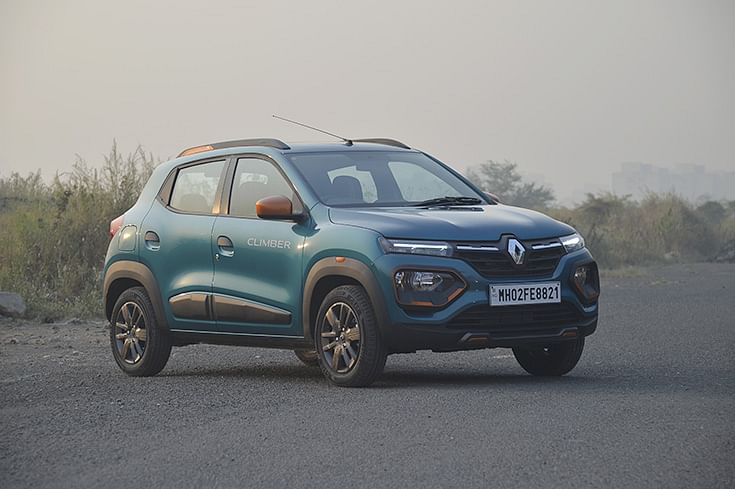
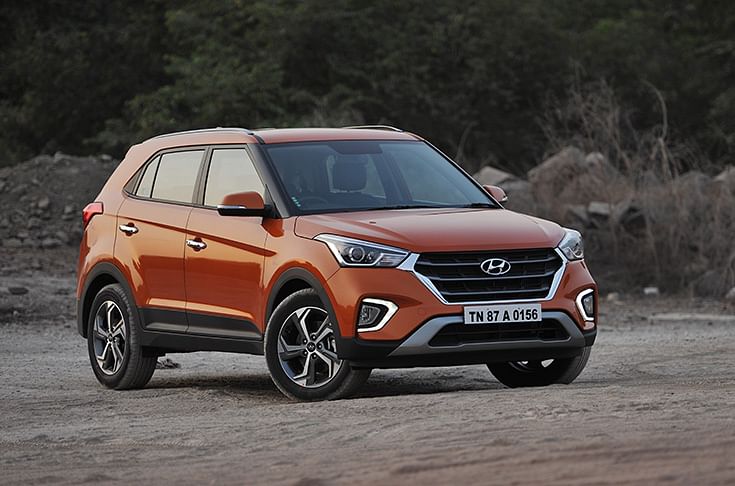
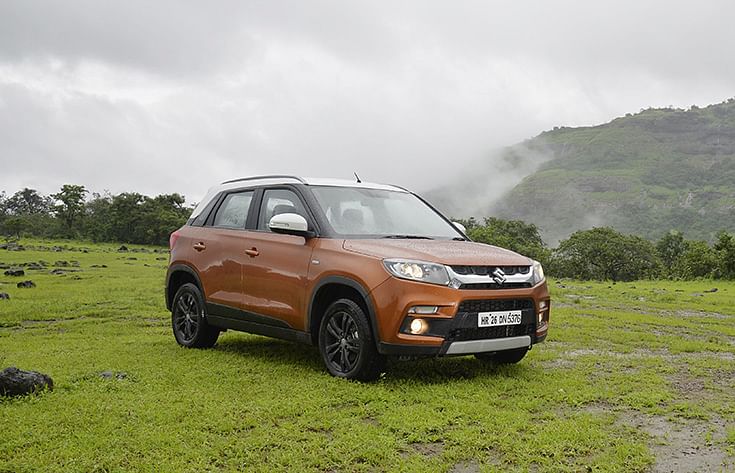
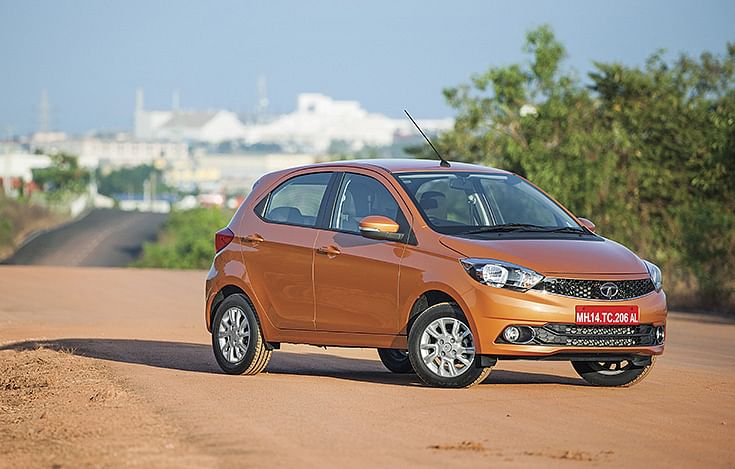

 Shahkar Abidi
Shahkar Abidi


 Ketan Thakkar
Ketan Thakkar

 Autocar Professional Bureau
Autocar Professional Bureau

